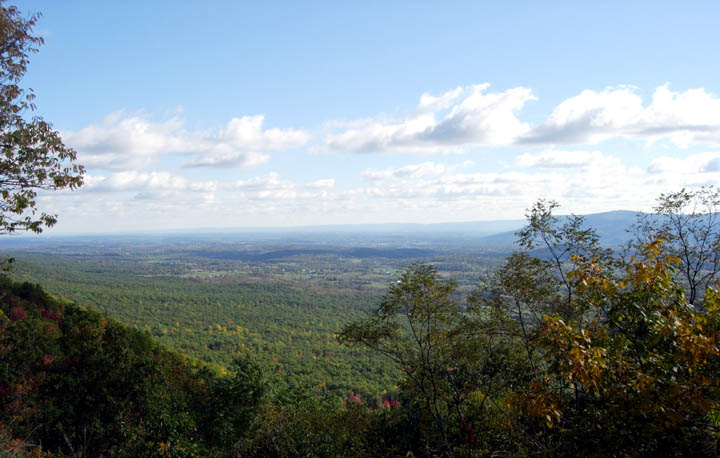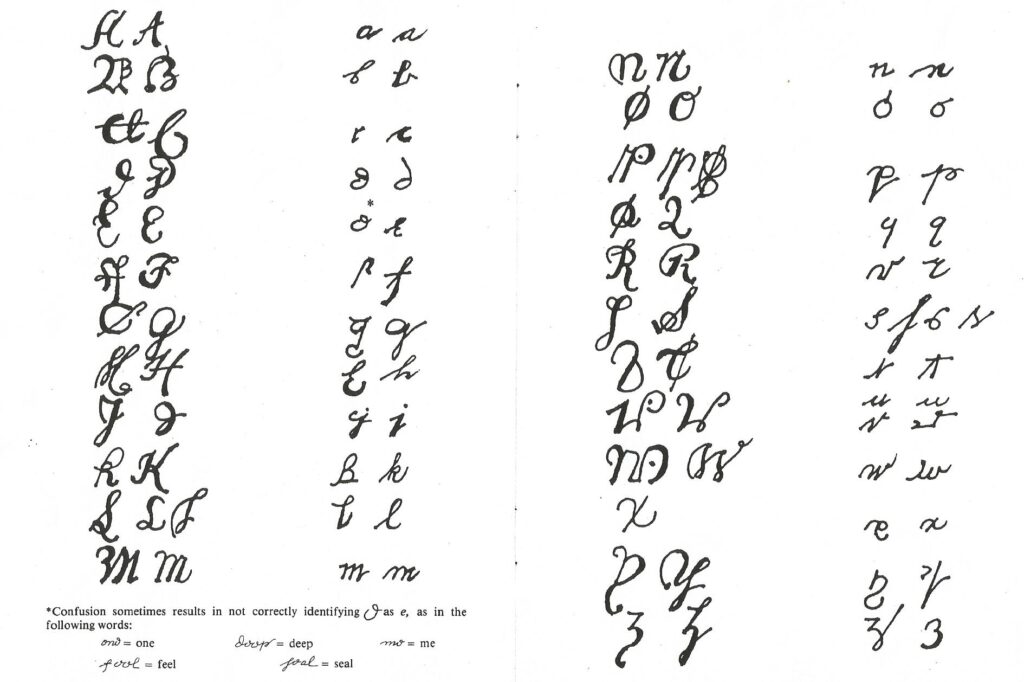Shenandoah County Genealogy, Wills, Estates, Probate Records


Colonial Script is a Lost Art
Miscellaneous
- McKay, George, LWT (1797)
- McKay, James, LWT (1797)
Indexes to Probate Records
- Wills and Inventories 1772 to 1784
- Wills and Inventories 1783 to 1789
Digital Images of Wills 1772 to 1784
- Abell, Joseph
- Andrews, Frederick
- Bell, Samuel
- Darling, Adam
- Dellinger, Christian
- Downey, William
- Durst, Isaac
- Garret, Philip
- Guyger, Jacob
- Hoop, Peter
- Hoy, John
- Hurst, William
- Miller, William
- Nively, Anthony
- Odell, Jeremiah
- Offenbacher, Jacob
- Peters, Ulrich
- Pickenberger, Abraham
- Pfifer, Henry
- Prantz, Susan
- Rohrer, Jacob
- Slaughter, Francis
- Snapp, Lawrence
- Suddell, John Sr.
- Surf, John Macon Sr.
Digital Images of Wills 1783 to 1789
- Allen, Jackson
- Ather, Henry
- Barnett, Michael
- Baughman, Henry
- Beyer, Jacob
- Calfee, John
- Campbell, Alexander
- Cloud, Henry
- Denton, John
- Derk, Simon
- Dodson, John
- Garber, John Sr.
- Hackman, Benjamin
- Harrow, David
- Holeman, Jacob
- Houburt, Nicholas
- Huddle, David
- Kagy, Henry Sr.
- Keesling, Winny
- Keller, George
- Kiser, Henry
- Lambert, Christopher
- Layman, Benjamin
- Loghmiller, George
- McCarty, James
- Mathis, Alexander
- Miller, Henry
- Mowren, Mary
- Nulen, David
- Oberhold, Samuel
- Oldenbrouch, Daniel
- Ruddell, Archible
- Ryan, Edward
- Stephens, William
- Taylor, Charles
- Volckner, Allen
- Woolman, David
Traced genealogies and family histories of Shenandoah County are available to Members !
| Alderson | Bowman | Britton | Bird |
| Funk | Green | Hairston | Keller |
| Pennybacker | Pugh | Richardson | Riddleberger |
| Rinker | Sehorn | Tipton |
How Emigrants Settled Western Virginia and Beyond

Meanwhile, the Germans in New York pushed the frontier up the Mohawk River to the German Flats. In Pennsylvania the town of Bedford indicates the line of settlement. Settlements soon began on the New River, or the Great Kanawha, and on the sources of the Yadkin and French Broad. In 1763, the King of England attempted to arrest the advance by his proclamation of 1763 which forbade settlements beyond the rivers flowing into the Atlantic, however, in vain. The 1763 Proclamation Line of King George II defined the boundary intended to separate colonists from Native Americans. After Virginia relinquished its claims to the Northwest Territory across the Ohio River to the Congress in 1781 and Kentucky became an independent state in 1792, Virginia no longer claimed lands that were still occupied by Native American tribes. By the time of the Revolution the frontier crossed the Alleghanies into Kentucky and Tennessee, and the upper waters of the Ohio were settled as well. When the first census was taken in 1790, the continuous settled area was bounded by a line which ran near the coast of Maine and included New England except for a portion of Vermont and New Hampshire, New York along the Hudson and up the Mohawk about Schenectady, eastern and southern Pennsylvania, Virginia well across the Shenandoah Valley, and the Carolinas and eastern Georgia. Meanwhile, continuous settlements occurred in Kentucy, Tennessee and Ohio, with only the mountains intervening between them and the Atlantic area.
Europeans Settled the Shenandoah Valley
First, the Pennsylvania Germans came into the Shenandoah Valley. Then the Scots-Irish were attracted by the tall grass. Because of the physical barrier of the Allegheny Front on the West the settlers were steered South into Virginia. Actually, it was the Blue Ridge Mountains which deterred the English from moving into the Shenandoah Valley. Those in the valley imported merchandise from europe, such as cloth, guns, glass and wine. Like other colonists, they acquired sugar and rum from the West Indies. They exported were grain and other foodstuffs to the eastern towns. The Shenandoah Hunting Path